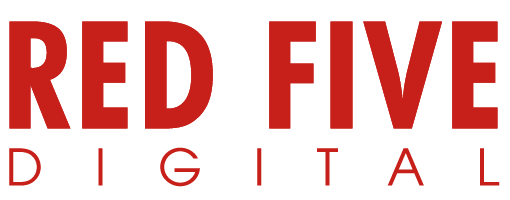In the intricate ecosystem of search engine optimization (SEO), Google’s algorithms reign supreme. They dictate the visibility and accessibility of websites, profoundly impacting their digital presence. Amidst the ever-evolving landscape of SEO, Google’s Core Web Vitals have emerged as a crucial focal point.
Understanding these metrics is paramount for website owners and developers striving to optimize their online performance. This article delves into the essence of Google’s Core Web Vitals and elucidates their profound implications on SEO strategies.
Google’s Core Web Vitals encompass a trio of metrics—largely user-centric—that gauge the loading performance, interactivity, and visual stability of web pages. These metrics, namely Largest Contentful Paint (LCP), First Input Delay (FID), and Cumulative Layout Shift (CLS), offer invaluable insights into the overall user experience provided by a website. Unlike some arcane aspects of SEO, Core Web Vitals are tangible and directly correlate with user satisfaction—a core tenet of Google’s search algorithm.
Largest Contentful Paint (LCP) serves as a barometer of a webpage’s loading performance by measuring the time it takes for the largest content element to render. This metric encapsulates the essence of user-centricity, as it reflects the perceived loading speed—the moment when users can engage with the primary content. Websites with a swift LCP tend to garner favor from both users and search engines, as they offer a seamless browsing experience devoid of frustrating delays.
First Input Delay (FID) delves into the realm of interactivity, quantifying the responsiveness of a webpage to user inputs. It delineates the temporal gap between a user’s interaction—such as clicking a button or tapping a link—and the browser’s corresponding response.
FID underscores the significance of swift interactivity, as prolonged delays can impede user engagement and breed dissatisfaction. Websites optimized for a low FID not only foster a fluid user experience but also exhibit a penchant for higher search engine rankings.
Cumulative Layout Shift (CLS) encapsulates the visual stability of a webpage—a facet often overlooked but immensely consequential. It gauges the extent of unexpected layout shifts that occur during the page’s lifespan, potentially disrupting user engagement and causing inadvertent misclicks.
CLS underscores the importance of maintaining a cohesive and predictable layout, as it directly influences user satisfaction and retention. Websites that mitigate layout shifts and prioritize visual stability tend to engender trust and credibility among users and search engines alike.
The amalgamation of these Core Web Vitals delineates a holistic portrait of a webpage’s user experience. While each metric addresses a distinct facet—loading performance, interactivity, and visual stability—they collectively converge to shape the overall perception of a website’s usability and efficacy.
Consequently, prioritizing the optimization of Core Web Vitals is indispensable for bolstering SEO endeavors and augmenting digital visibility.
The implications of Core Web Vitals on SEO strategies are profound and multifaceted. Firstly, they underscore Google’s unwavering commitment to user-centricity—a paradigm shift that transcends mere technicalities and embraces the ethos of enhancing user experience.
Websites that align with Google’s user-centric ethos by optimizing their Core Web Vitals are poised to ascend the search engine rankings, as they cater to the fundamental needs and preferences of users.
Moreover, Core Web Vitals serve as a litmus test for website performance, offering actionable insights for optimization endeavors. By scrutinizing these metrics, website owners and developers can identify bottlenecks and inefficiencies within their digital infrastructure, paving the way for targeted improvements.
Whether it entails optimizing server response times, compressing images, or deferring non-essential scripts, the optimization of Core Web Vitals catalyzes a virtuous cycle of improvement, wherein enhanced user experience begets elevated search engine rankings.
Furthermore, the advent of Core Web Vitals heralds a seismic shift in the SEO landscape, transcending traditional ranking factors and emphasizing the primacy of user experience.
In an era characterized by relentless digital competition, websites that prioritize user-centricity and invest in optimizing Core Web Vitals gain a competitive edge. By aligning with Google’s evolving algorithmic preferences, they stand poised to outmaneuver rivals and carve a niche in the digital arena.
However, navigating the intricacies of Core Web Vitals necessitates a nuanced approach, informed by empirical data and strategic foresight. Merely optimizing these metrics in isolation may yield incremental gains but fails to harness their full potential. Instead, a holistic SEO strategy that integrates Core Web Vitals optimization with content quality, backlink profile, and mobile responsiveness is imperative for sustainable success.
In conclusion, understanding Google’s Core Web Vitals is indispensable for navigating the labyrinthine realm of SEO. These metrics, emblematic of Google’s user-centric ethos, wield profound implications for website visibility and accessibility.
By prioritizing the optimization of Core Web Vitals, website owners and developers can enhance user experience, augment search engine rankings, and gain a competitive edge in the digital landscape. In essence, Core Web Vitals represent not merely a metric but a paradigm shift—one that heralds a new era of user-centric SEO.


